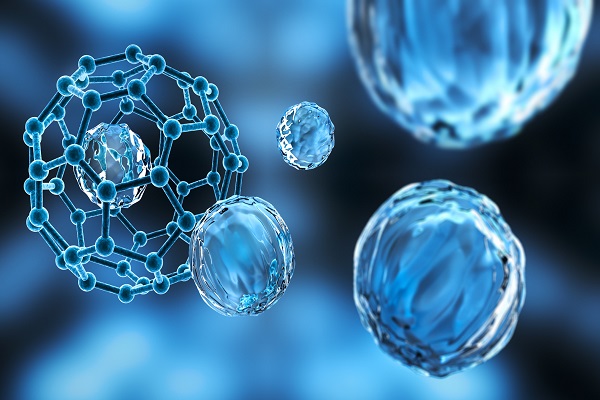Structure and structure of nano-gas (military-sanitary) gaseous nano-sensors
Author and Researcher:
Engineer Afshin Rashid
Note: Manufacturing of gas nanosensors is one of the important topics for their many applications in various food, chemical,
It has been health, military and even space research.
Fatal gas leakage is one of the everyday dangers of industrial life. Unfortunately, alarms in the industry are often too late to detect such leaks. Examples of these sensors are made of single-nanometer-sized nanotubes that can absorb toxic gas molecules. They are also capable of detecting a small number of deadly gas molecules in the environment. Such gas sensors are used to detect ammonia and nitrogen dioxide gases, which are toxic gases.
Performance of gas nano sensors in detection (biochemical warfare gases)
In the detection of toxic gases (alerting the military industry), metal oxide nanosensors have attracted much attention in the field of basic and applied sciences. These sensors are mainly made of metal oxide semiconductors such as tin nano oxide, zinc oxide and copper nano oxide. An experimental sample of these sensors has been able to detect ammonia and nitrogen dioxide molecules at a concentration of 20 ppm (01 part per million). And these sensors will be used to detect war biochemical gases, air pollutants, and even organic molecules in space .
Use of Nano Gas Sensors in Public Health Industry
Using nanotechnology It is possible to build nanosensors (gas sensors) that can be used in food production cycles as well as in food packaging to detect different microorganisms. These sensors, in addition to their high sensitivity, reduce detection time. Nanosensors are also capable of detecting the virus before it replicates. Some of the potential capabilities of biological nanosensors include: detection of pathogenic contaminants, environmental conditions (light and dark), cold and heat, drought and humidity, and allergens. Overall, the goals of combining nanosensor technology with packaging films include: finding oxygen, providing time and date, showing microbial growth, finding ethylene, displaying physical shocks, heating and cooling food, showing leakage or spoilage, odor absorption. And their taste and enhancement and absorption of moisture.




